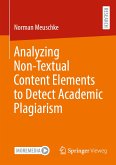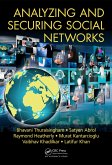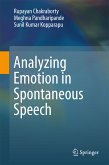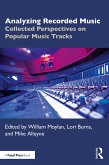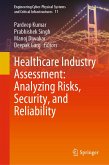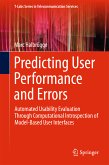Examination Thesis from the year 2018 in the subject Computer Sciences - Computational linguistics, grade: 9 out of 10, University of Granada (Facultad de Traducción e Interpretación), course: 2017 - 2018, language: English, abstract: This undergraduate dissertation is about machine translation tools from English into Spanish and about computer-assisted translation tools. The main goal is to identify the importance of these tools within the working environment of translators nowadays and to learn about their potential. The first section of this dissertation consists of an introduction in which I justify the chosen subject. Next, the different types of MT are analysed and some aspects on the main online MT systems such as Google, Systran or DeepL are explained. Four documents of different nature have been selected in order to be translated with these same MT engines. The goal is to identify, analyse and classify the errors made by each MT system and to compare their performance. The processes of pre- and post-editing are explained through practical examples. Finally, the advantages and disadvantages of MT are presented, as well as an explanation on computer-assisted translation tools which already allow translators to use MT in their work environment.
Dieser Download kann aus rechtlichen Gründen nur mit Rechnungsadresse in A, B, BG, CY, CZ, D, DK, EW, E, FIN, F, GR, HR, H, IRL, I, LT, L, LR, M, NL, PL, P, R, S, SLO, SK ausgeliefert werden.



